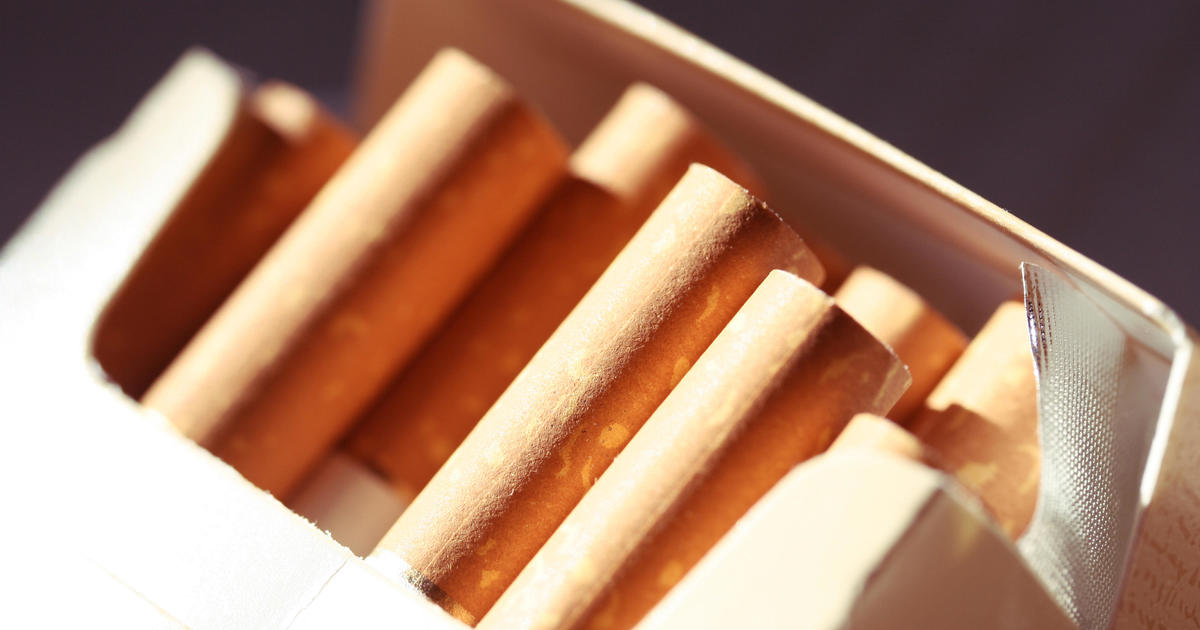Minneapolis neighborhood associations encourage residents to use less or no salt this winter
MINNEAPOLIS — As temperatures drop, ice becomes more of a problem on Minnesota roads and sidewalks. But the salt that we put down is a big pollutant of our waterways, harming aquatic species and contaminating drinking water.
Soon after Henry LaBounta moved from California to Minneapolis, winter walks with his dog, Shiner, began to give him pause.
"I saw a lot of salt on some of the sidewalks. We end up walking in the street sometimes," LaBounta said.
Besides salt being harmful to the paws of pets, the Minnesota Pollution Control Agency says just one teaspoon of salt pollutes five gallons of water, forever. LaBounta is also an East Isles Neighborhood Association board member and has spent hours bettering the environment near Lake of the Isles.
"We are so happy to be here and living so close to Lake of the Isles. What a beautiful lake! And it just kills me to think eventually, will we kill the whole lake if we use enough salt over the next years," he said.
Thanks to a grant from the Mississippi Watershed Management Organization, people living in East Isles and the Wedge neighborhood can pick up free traction grit at Frattalone's Hardware & Garden on Hennepin Avenue. Residents must live in the neighborhood and sign up by Jan. 18 to claim the bag, while supplies last. Otherwise, bags are available for purchase at most hardware stores.
MORE NEWS: 100+ volunteers put out cold weather gear for those in need at Twin Cities parks
"The grit has gotten way more popular now that the word has gotten out about it, with the association doing some free giveaways," Marne Detmar, an employee at Frattallone's Hardware & Garden said.
Though the traction grit doesn't melt ice, it's a more environmentally friendly alternative to salt. It can also be swept up and reused. Detmar said many people use too much salt, which doesn't make ice melt any faster. It's recommended to use one grain of salt every 3 inches.
"You see great big piles, and you really only need to use a couple of crystals to do what you need to do," Detmar said.
The most important step in ice removal is getting ahead of the formation by shoveling snow early and often.
"Anything we can do to protect that beautiful resource is worthwhile for sure," La Bounta said.
The Minnesota Pollution Control Agency hosts Smart Salt training for companies and local community leaders and elected officials. The goal is to teach proper salt application and reduce overall use.




